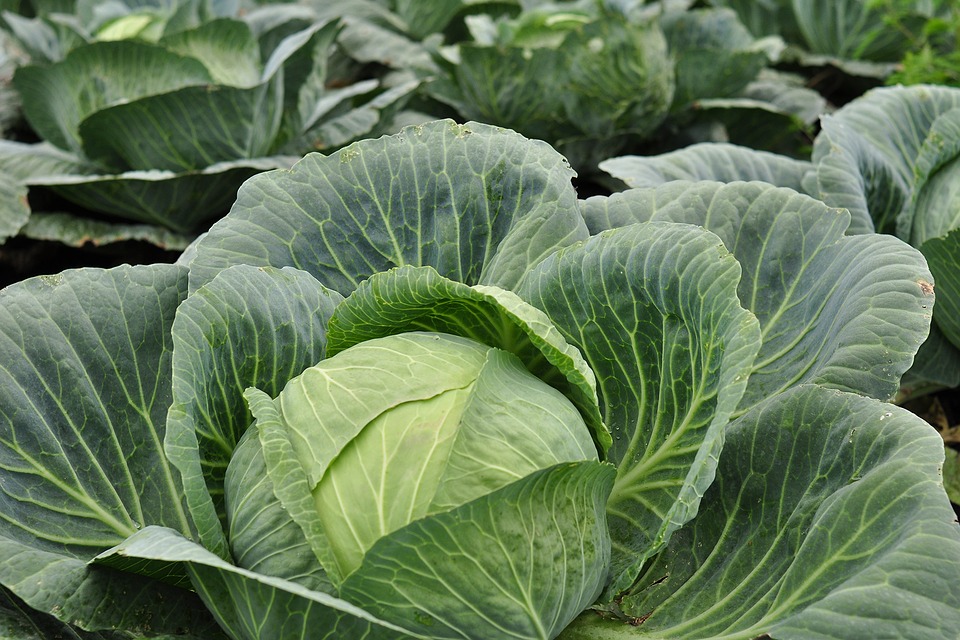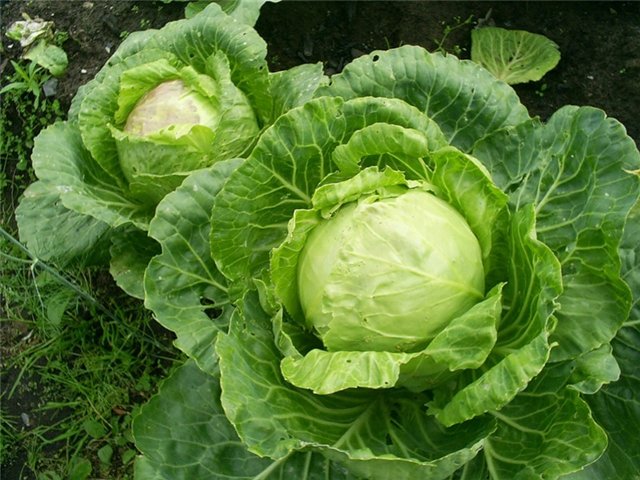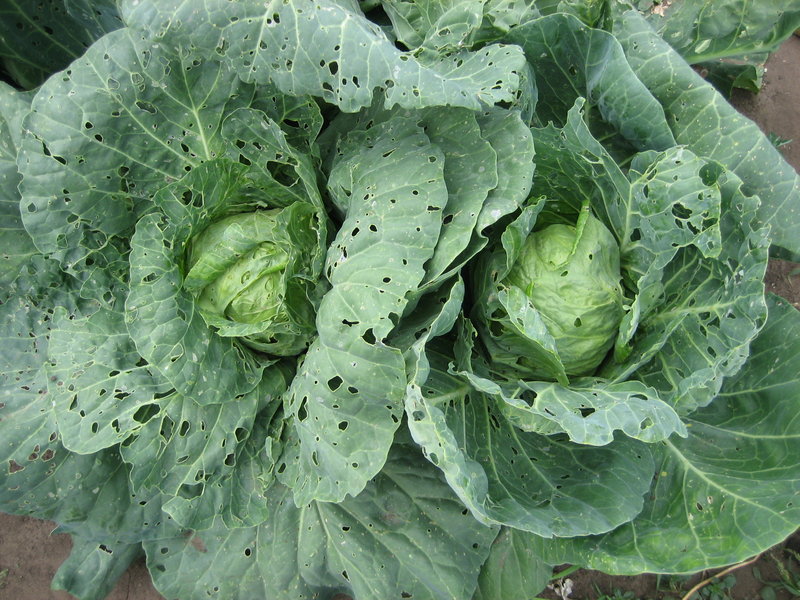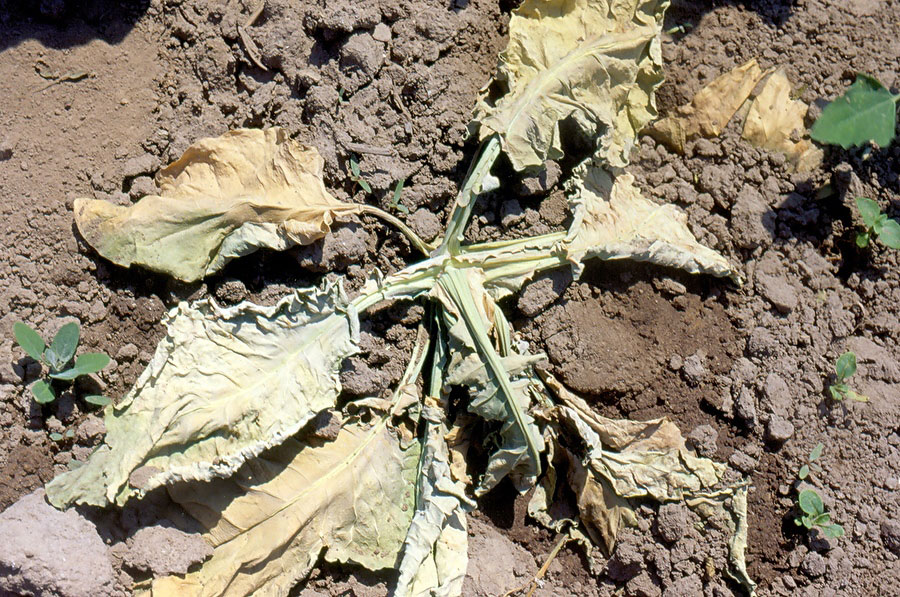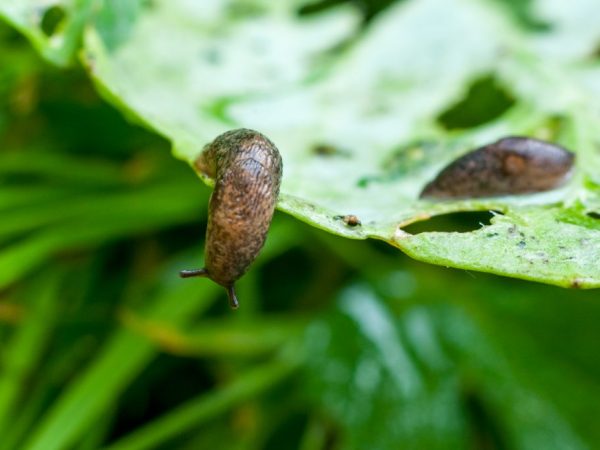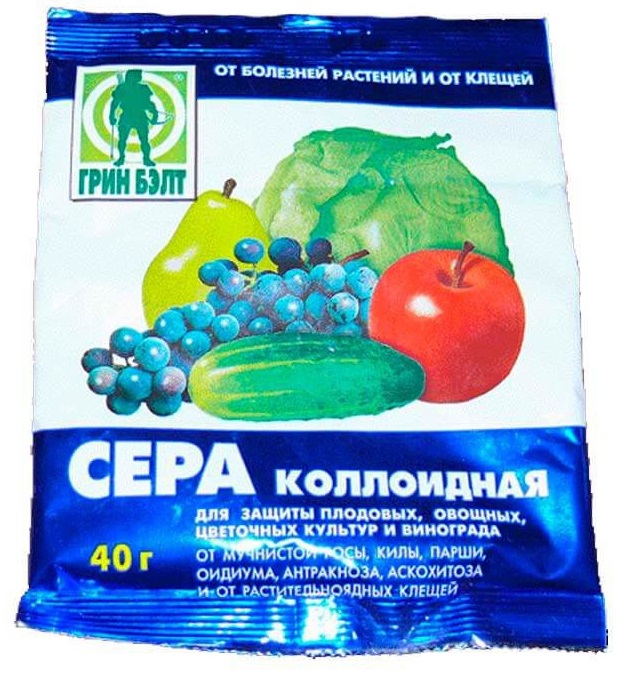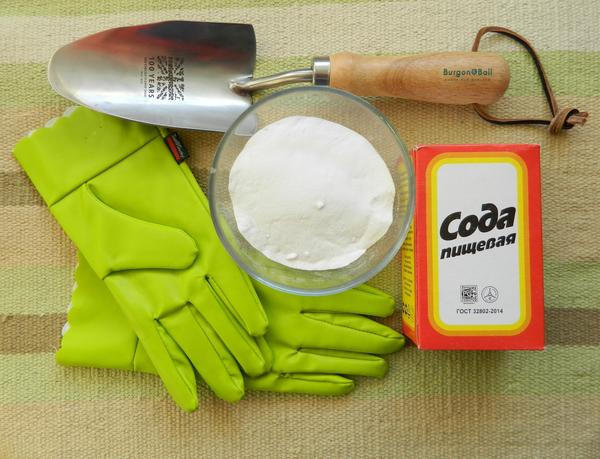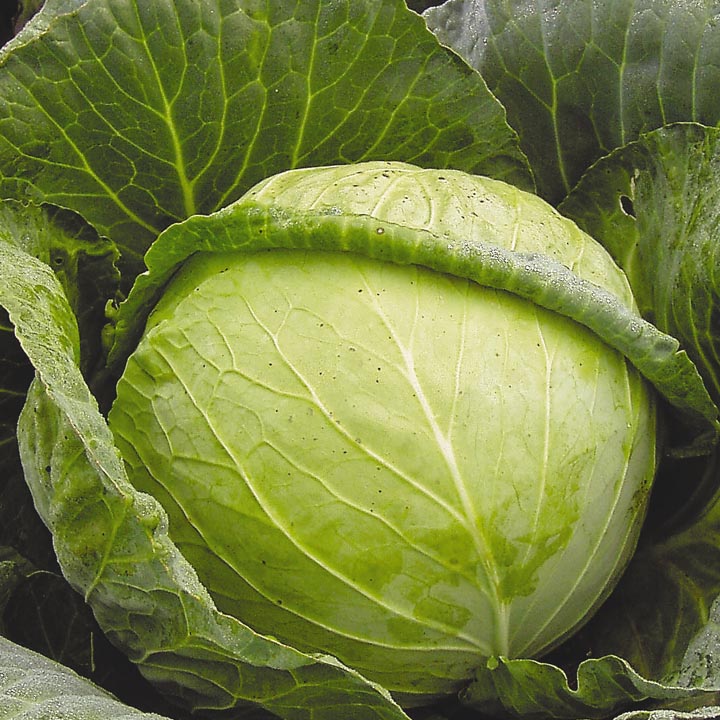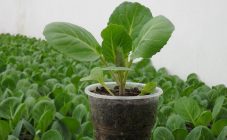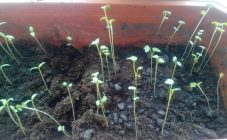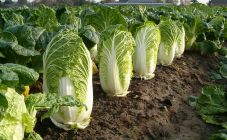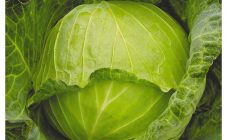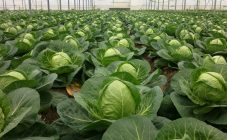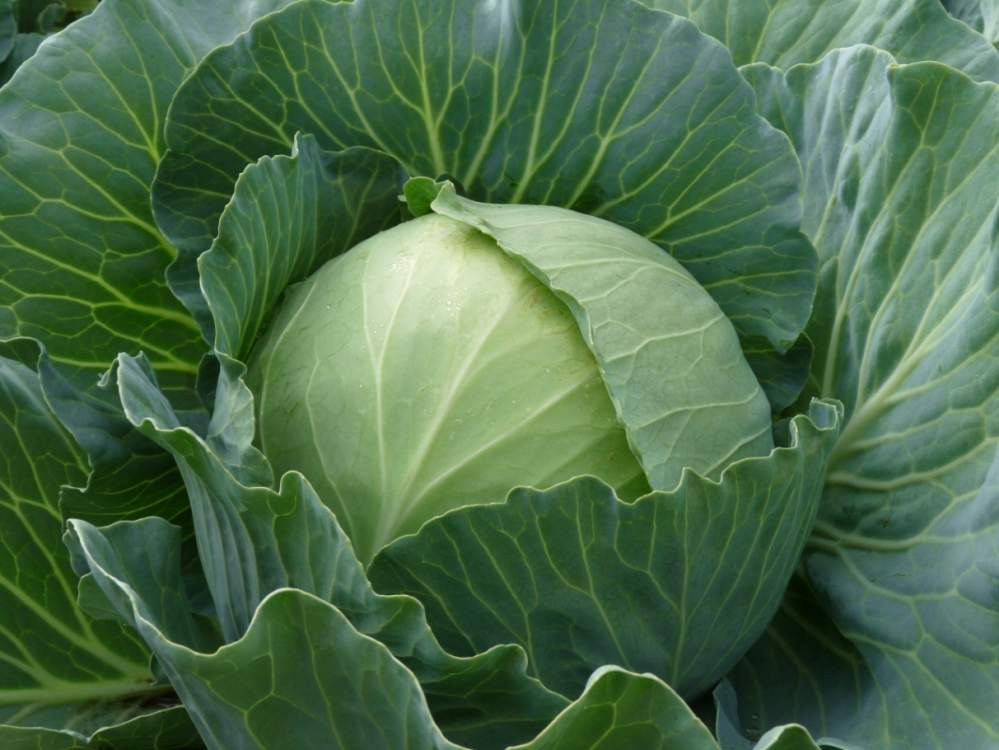Content:
One of the most common diseases that affects cabbage and other cruciferous plants is keela. Many gardeners meet with her. The disease is insidious. Because of it, you can be left without a crop. Protecting plantings from disease is real. But for this, the culture needs to be given due attention, to know about the measures of prevention and control.
Culture information
Cabbage is a healthy and tasty vegetable in the Cruciferous family. Cabbage has many benefits. It is not difficult to grow it. It grows in temperate climates, which allows it to be planted in many countries. The plant has excellent transportability. He has a huge number of species. Known varieties include:
- White-headed;
- Sheet;
- Colored;
- Brussels;
- Redhead;
- Savoy, etc.
The most popular is white cabbage. It is she who grows everywhere in almost every vegetable garden in our country. It is usually grown through seedlings. Landing in a permanent place in open ground takes place in May. After planting, the plants are immediately watered. Special attention is paid to watering. Moisten the soil every 2-3 days. It is also necessary to hilling.
The culture loves fertile, loose, neutral soil with good moisture absorption. It is allowed to plant the plant on soil fertilized with manure in autumn. Responds well to fertilization. During the summer, it is fed several times. To do this, use ammonium nitrate, potassium, phosphorus.
Early maturing varieties of white cabbage
They give a harvest 2.5-3 months after sowing the seeds.
Dumas f1
This variety ripens already in June. The head is of medium density, juicy. Ideal for fresh salads. Cannot be stored for a long time.
June
Delicate, loose head of cabbage is used for fresh consumption. Salads are made from it. It is not recommended to store or ferment early cabbage.
Mid-season
The crop is given in 3.5-4 months.
Hope
A productive variety. Heads of cabbage grow together. Large - about 3.5 kg each.
Glory 1305
The variety is adored by summer residents for its yield and strong immunity. One head of cabbage can weigh about 3.4-4.5 kg. The variety has a special head shape - it is flattened.
Late
The growing season is more than 5 months.
Amager 611
Not suitable for fresh consumption. After harvest, the head of cabbage is very dense, the leaves are tough. Usually the variety is immediately removed to the cellar. After lying in a cellar or underground, Amager reaches. After 5-9 months, it will become more juicy, sweeter. In addition, this variety can be planted directly in open ground with seeds.
Sugar Loaf
Suitable for both storage and use immediately after harvest. The variety is devoid of bitterness, it is honey. The content of a large amount of ascorbic acid, the huge size of the heads of cabbage, and the immunity to disease make Sugar Loaf very popular.
Keel's disease of cabbage
Keela cabbage is a fungal disease that affects members of the Cruciferous family. In addition to heads of cabbage, radish, mustard, rapeseed, radish, etc. can become infected with it. Another name for the disease is cabbage cancer.
Signs of the disease
It is not difficult to find out the ailment. It has characteristic features. It is difficult to recognize a keel at an early stage when it can be fought.If cancer is discovered late, the plant cannot be saved. But the struggle will still have to be organized. Otherwise, keela will spread very quickly in the soil and destroy other crops.
A dangerous ailment can appear both on seedlings and on an adult plant. It is not easy to replace it on seedling bushes. This can only be done by carefully examining the roots. Barely noticeable swollen neoplasms appear on them. The size of the tumor at this stage can be compared with a large grain of sand. Often, the tiny swelling on the roots is not visible due to lumps of adhering earth.
The signs of the disease in an adult plant are as follows:
- The cabbage bush withers, even if the watering was done on time, and the soil under the bush is loose and moist. The leaves become frail, bent to the ground;
- Leaves acquire a purple-yellow hue at the height of summer. Gradually turn into dry burdocks;
- The head of cabbage ceases to develop and increase in size;
- The connection with the soil is broken. The plant barely holds in its place. You can pull it out without effort;
- The lower part of the plant exudes an unpleasant stench of rot;
- You can see the accumulation of flies around the culture;
- If you dig up or get a plant out of the ground, then the first thing that catches your eye is the absence of roots as such. In their place there will be swollen tumors. The growths have different sizes and shapes. The color is predominantly gray;
- These tumors in the last stage of the keel turn into rotting tissue.
Causative agent
The causative agent of the disease is microscopic fungi Plasmodiophora brassicae, which penetrate into plant cells. It is a parasite of higher plants. Fungi cause an increase in the size of plant cells and their constant division. The fungus enters the root hairs of Cruciferous plants. It is from this place that the disease begins.
Plasmodiophoromycetes live in the soil, the roots of the Cruciferous plants.
After the growths begin to rot, spores mature inside (these are cysts). If they are not removed in time, they will free themselves, penetrate the soil and infect it. The causative agent of the keela is not afraid of extreme conditions (heat, frost). The fungus loves acidic soils that do not allow air and moisture to pass through well.
How keela appears on the site
Even a well-groomed vegetable garden is not immune from the appearance of a cabbage keel on it. The fungus is carried by various insects, for example, worms, slugs.
The parasite can enter the site along with purchased seedlings or soil. Perhaps the sellers neglected preventive measures, did not disinfect the seeds and soil mixture. As a result, the plant picked up the fungus, then transferred it to healthy soil.
Therefore, the first thing to do when buying seedlings is to carefully examine the roots for suspicious swelling.
Control measures for keel cabbage
The disease is dangerous because it does not make it possible to defeat oneself in the last stages, when all the roots are covered with growths, and the plant begins to wither. An adequate question of gardeners "how to deal with keel on cabbage roots?" has two answers.
The first involves removing the plant and burning it. You need to get rid of the bush in this way: first it is dried, and then it is burned on a pallet. It is better to sprinkle dry cabbage with gasoline so that the burning is bright and fast. The smoke released during slow smoldering is capable of spreading spores throughout the site. Tools that were used for work must be disinfected afterwards. It is recommended to use a preparation such as copper sulfate for this purpose.
The second answer depends on the stage of development of the disease.If the cancer has not covered all the roots, and the white-headed one has not yet completely wilted, experts advise to huddle the plant. Thus, you can provoke the appearance of adventitious roots, which will help the head of cabbage to form. It is also necessary to organize timely watering (1 time in 2-3 days), thorough weeding. The soil should be deoxidized with dolomite flour or wood ash. Treat the emerging heads of cabbage with products containing potassium and phosphorus.
The result in this case of the struggle can be either pleasant or not. It is possible that the cabbage will put down adventitious roots, and the heads of cabbage will still form. Another outcome of events is also possible. Keela will fill the entire cabbage patch. Then it will not be possible to save the crop from death.
If a cabbage keel was discovered during harvesting in the fall, fighting it involves burning all the roots of the cabbage keel. Each hole is inspected. It is recommended to remove part of the soil from the holes in which the infected plants were located. It can be controversial. Also, the site is carefully freed from weeds, dug up. It should be spilled with a strong manganese solution. Fertilize generously with organic matter.
Crop rotation as protection against keel
The spores of the fungus infect the soil and remain there for 6-10 years. Therefore, cabbage and other cruciferous plants cannot be planted in the future on the garden bed where diseased plants were previously located. It is best not to plant Cruciferous plants for 6 years. Crop rotation will act as a reliable protection against keel.
There are crops that can kill the fungus. Among them, the most famous are vegetables from the Solanaceae family (these are tomatoes, peppers, potatoes). Representatives of the Liliaceae family (lilies, tulips, asparagus) and Marevye (spinach, beets) are also healers. If you plant them in a garden bed, in the soil of which there is a keel, then they will clear the land in 2-4 years.
Folk remedies
How to deal with keel on cabbage with folk remedies? There are some tips:
- After harvesting, a mixture of beet tops with the microbiological preparation Shining-1 is embedded in the soil on which the cabbage grew. Thus, valuable agronomic microorganisms that can suppress the keel fungus will appear in the ground. Beets, as a representative of the Marev family, are fatal to fungal spores;
- Another method is planting fragrant flowers. Calendula and marigolds are suitable for soil disinfection. They can be planted on the garden bed where the white cabbage is being grown;
- Baking soda is an effective remedy for ailments. You can take a calcified preparation. Soda is added during planting, one spoonful in each hole where the cabbage root will be placed;
- During planting, peeled potatoes are placed in each hole. Tubers are able to scare away fungus.
Prevention
Keel prevention when planting cabbage includes a set of simple works:
- Crop rotation must be observed. Thus, pathogenic fungus will not accumulate in the soil. And young cabbage will not catch this disease. After cabbage, you should plant Solanaceae, Liliaceae, Marevye;
- Keela loves acidic soil. Therefore, it is important to monitor the pH level. In time, the earth should be deoxidized with lime, chalk, ash, dolomite flour;
- Timely fertilize for cabbage planting. The disease can be prevented by sufficiently incorporating fertilizers containing magnesium, chlorine, potassium, fluorine into the soil;
- Before sowing, the seeds are placed in hot water for 20 minutes, then in a manganese solution. For a day, the seeds are placed in the refrigerator.After they are placed in an immunity stimulator;
- The prepared soil mixture for seedlings is fried in the oven, spilled with boiling water, then it should be poured with colloidal sulfur;
- Before planting the cabbage, a mixture of water and calcium hydroxide (slaked lime) is added to each well. For a 10-liter bucket, 800 grams of slaked lime is taken. The result is milk of lime. Pour 250 grams of milk into each well. After that, the pits are ready for planting the crop;
- Every 20 days, a mixture of water and dolomite flour is poured onto the garden bed. For a 10-liter bucket, 1 glass of flour is needed;
- After relocating the seedlings to a permanent place, the beds are sprinkled with calcium nitrate.
Kilo-resistant varieties of white cabbage
There are no varieties that the keel of cabbage would never overcome. But the breeders have bred such white cabbage groups that have significant immunity against the disease - the pathogen does not actively affect these varieties. Even if there are microscopic fungi in the ground, they cannot completely paralyze the root system of representatives of these varietal groups.
Here are some of the strong immunity varieties:
- Tequila F1. Mid-season hybrid. Its growing season is about 85-100 days. Does not crack, although the heads of cabbage are rather large. Each weighs 3-5 kg. Usually consumed fresh because of the juicy classic cabbage flavor;
- Frame F1. Medium late hybrid. It takes about 4 months from planting to harvesting the heads of cabbage. The advantages of the variety include the fact that it is resistant to keel, and also very productive. Heads of cabbage grow up to 6-8 kg. Suitable for recycling;
- Ladoga 22. Mid-season variety. In 3-3.5 months after planting, you can harvest. Stores well. Suitable for salting, fermentation;
- Winter mushroom 13. Medium late variety. You can harvest the crop 4 months after planting the seedlings. Heads of cabbage have the correct ball shape. They tolerate transportation well. The variety loves moisture. Suitable for long-term storage, processing;
Note! Usually kilo-resistant varieties are mid-ripening, mid-late and late-ripening varieties.
- Taininskaya. The variety is mid-season. Ripens in 3.5-4 months. Heads of cabbage are of medium density. The weight of one head is about 3-4 kg. The variety is suitable for salads, making sauerkraut.
Cabbage keel can be a real disaster for cabbage or other cruciferous crops. The situation is complicated by the fact that cabbage cancer cannot be completely cured. In addition, the pathogenic fungus easily accumulates in the soil. It is better to try to prevent such an ailment than to treat it. Therefore, keel prevention should be given increased attention.
